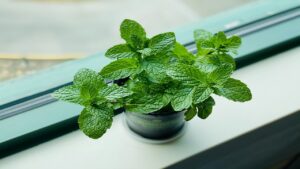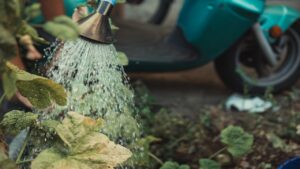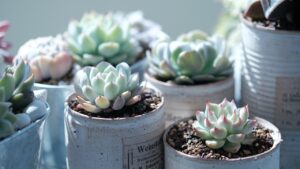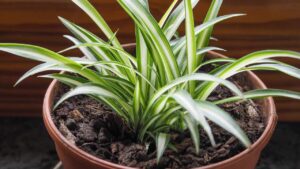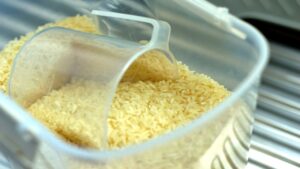Why Do Many People Plant a Coin in the Vases? the Answer is Surprising
Have you ever witnessed an old farmer placing a coin in the soil of his plants? It may spark memories from your childhood, as this method was more commonly adopted in the past.
Indeed, using a coin in the soil had practical objectives rather than being rooted in superstition. Although less prevalent today, revisiting old traditions and embracing the practical wisdom of the past can provide valuable insights worth considering. Sometimes, those age-old practices hold wisdom that stands the test of time.
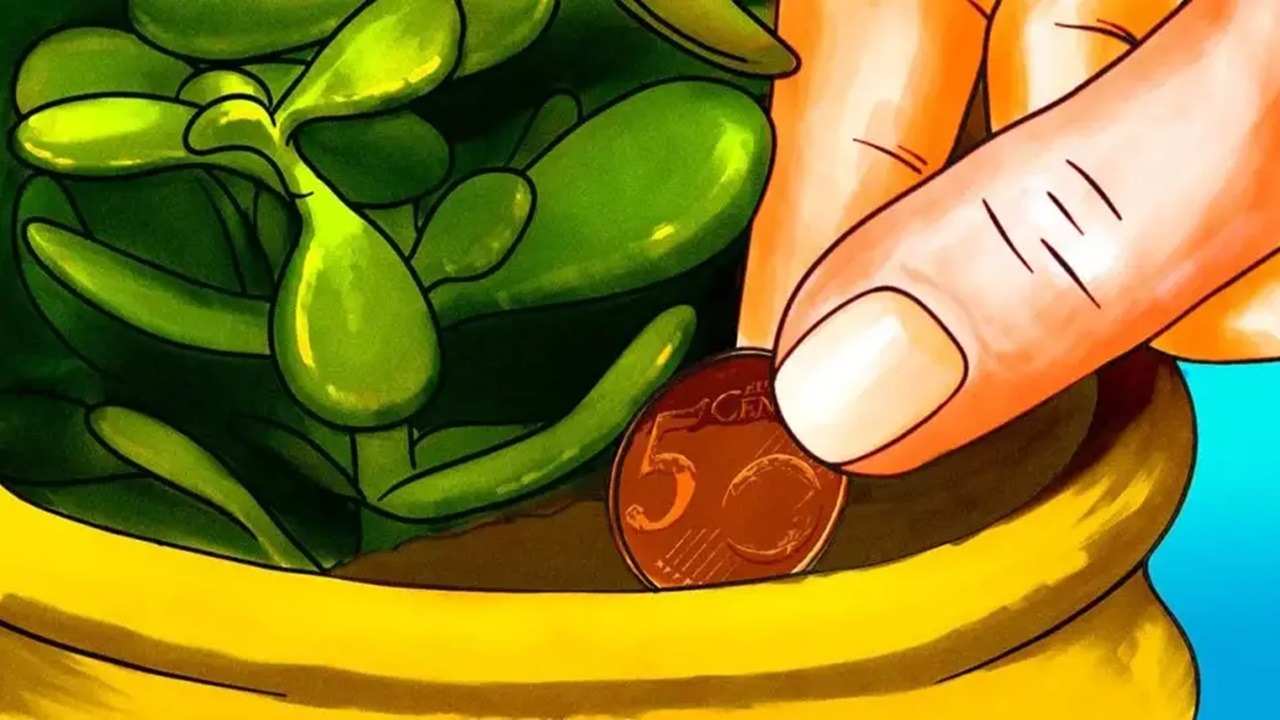
The coin in vases trick: why many people use it
The proliferation of new gardening products in stores often introduces chemicals into our homes. While these commercially developed solutions may be effective, their chemical ingredients sometimes need to be better. It’s not a personal matter; it’s simply a business reality.
Take a moment to inspect the packaging of any gardening product, and you’ll likely find a list of chemical ingredients. While this realization may be unpleasant, we prefer to share the truth with you. Awareness is key, enabling you to make informed choices that promote both your health and environmental well-being.

Now, let’s talk about the “coin in vases” technique. The reason it is placed is simple: it acts as a repellent against various pests such as aphids, ants, parasites, cochineal, snails, and slugs. This effect is attributed to the presence of copper in the coin, which is known to deter these pests. Additionally, some believe that it may contribute to prolonging the lifespan of cut flowers when placed in vases.
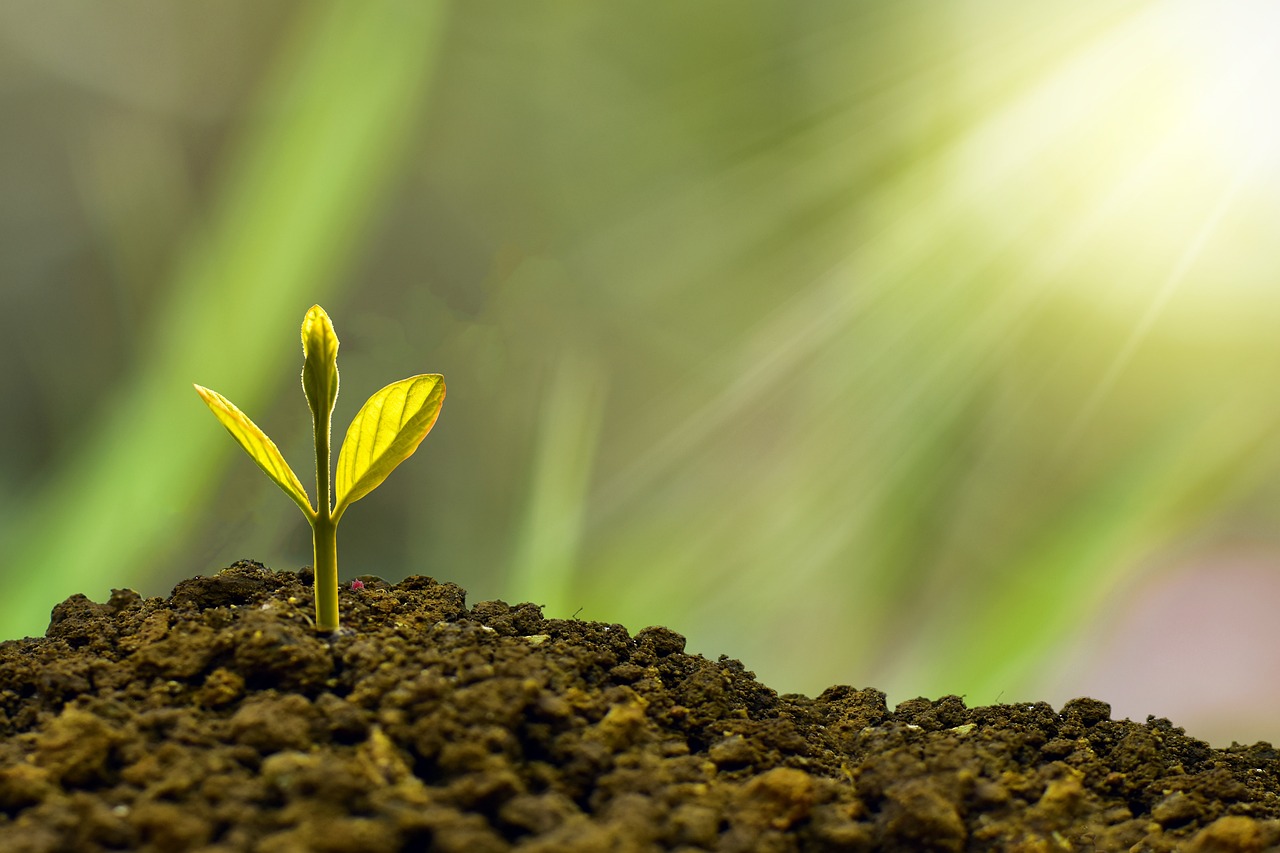
The application procedure is straightforward. To harness its properties, insert the coin into the vase with flower water, allowing it to release its cleansing and antioxidant properties. For added benefits, you can also include a sugar cube in the water. It’s surprisingly simple, so go ahead and put this old-school gardening trick to good use!
